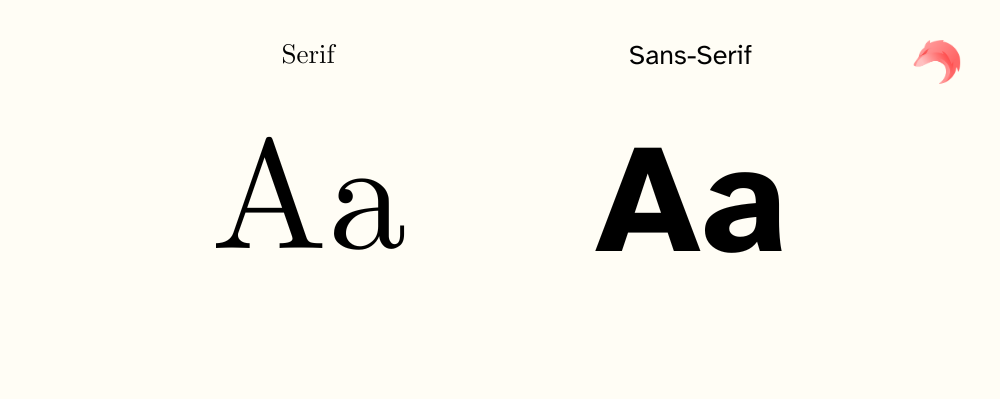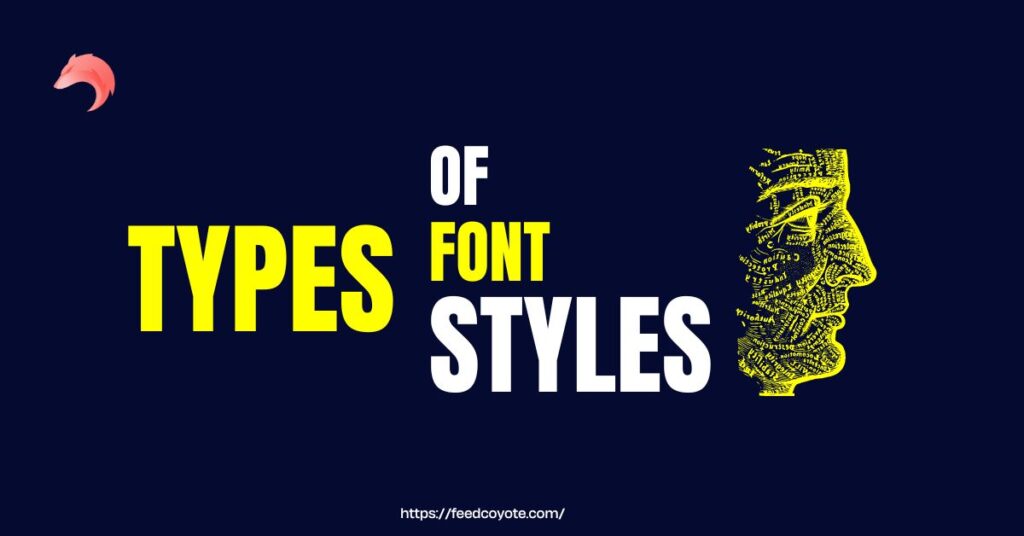Fonts play a crucial role in branding, setting the tone for your company’s identity and influencing how your audience perceives your brand. In today’s digital age, where visual communication is paramount, selecting the right font style for your brand and logo is more important than ever. Let’s explore the different types of font styles and learn how to choose the perfect one for your brand in 2024.
1. Introduction to Font Styles
Font styles encompass various typographic designs that convey different emotions and characteristics. They are categorized into several main types, each with its unique attributes and applications. Choosing the right font style is essential for maintaining consistency and conveying your brand’s message effectively.
2. Understanding Different Font Styles
Serif Fonts
Serif fonts are characterized by small lines or strokes attached to the ends of letters, known as serifs. They are often associated with tradition, professionalism, and elegance. Serif fonts are commonly used in industries such as law, finance, and academia.
Sans-serif Fonts
Sans-serif fonts, on the other hand, lack the decorative strokes found in serif fonts. They offer a clean, modern aesthetic and are highly versatile, making them suitable for a wide range of brands and industries. Sans-serif fonts are popular choices for digital platforms and tech companies.

Script Fonts
Script fonts mimic handwriting and evoke a sense of creativity, elegance, and personality. They are often used in industries related to fashion, beauty, and luxury brands to add a touch of sophistication to the brand’s identity.
Display Fonts
Display fonts are decorative and attention-grabbing, making them ideal for headlines, logos, and promotional materials. They come in a variety of styles, from bold and playful to elegant and ornate, allowing brands to showcase their uniqueness and creativity.
3. Factors to Consider When Choosing Font Styles
When selecting font styles for your brand and logo, several factors should be taken into account:
- Brand Personality and Values: Choose fonts that align with your brand’s identity, values, and target audience.
- Legibility and Readability: Ensure that the chosen fonts are easy to read across different mediums and sizes.
- Target Audience: Consider the preferences and demographics of your target audience when selecting fonts.
- Industry and Niche: Take into account industry trends and standards to ensure that your font choices resonate with your target market.
4. Examples of Font Styles in Branding
Many successful brands have effectively utilized font styles to convey their unique identities. For example, luxury brands often opt for elegant serif or script fonts to communicate sophistication and exclusivity, while tech companies prefer sleek and modern sans-serif fonts to convey innovation and efficiency.
5. How to Choose the Right Font Style for Your Brand and Logo
Choosing the perfect font style for your brand and logo requires careful consideration and analysis:
- Define Your Brand Identity: Clearly define your brand’s personality, values, and target audience to guide your font selection process.
- Conduct Research and Analysis: Research industry trends, competitor fonts, and consumer preferences to inform your decision.
- Test Different Fonts: Experiment with various font styles to see how they resonate with your brand and audience.
- Consider Versatility and Scalability: Choose fonts that are versatile and scalable across different mediums and sizes, ensuring consistency in your brand’s visual identity.
6. Best Practices for Using Font Styles in Branding
To ensure effective use of font styles in branding, consider the following best practices:
- Consistency Across Platforms: Maintain consistency in font usage across all brand assets, including websites, marketing materials, and social media platforms.
- Pairing Fonts Effectively: Pair complementary fonts to create visual hierarchy and contrast, enhancing readability and visual appeal.
- Avoid Overuse of Decorative Fonts: Reserve decorative fonts for headlines and logos, avoiding their excessive use in body text to maintain readability and professionalism.
7. Conclusion
In conclusion, font styles play a significant role in shaping your brand’s identity and communicating its values to your audience. By understanding the different types of font styles and considering key factors such as brand personality, legibility, and versatility, you can choose the perfect font for your brand and logo in 2024, ensuring a strong and cohesive visual presence across all platforms.
FAQs
Can I use multiple font styles for my brand?
- Yes, you can use multiple font styles to create visual interest and hierarchy in your brand’s design. However, ensure that the fonts complement each other and maintain consistency across all brand assets.
How do I know if a font is suitable for my brand?
- Consider your brand’s personality, values, and target audience when selecting fonts. Test different options and gather feedback to determine which font best represents your brand identity.
What should I consider when pairing fonts for my brand?
- When pairing fonts, consider factors such as contrast, similarity, and visual hierarchy. Choose fonts that complement each other while ensuring readability and coherence in your brand’s design.
Are there any font trends I should be aware of in 2024?
- Font trends may vary depending on industry and design preferences. Stay updated on current design trends and adapt them to suit your brand’s identity while maintaining timelessness and relevance.
How often should I update my brand’s font styles?
- While it’s essential to stay current with design trends, frequent font changes can disrupt brand consistency and confuse your audience. Evaluate your font choices periodically and make adjustments as needed to ensure alignment with your brand’s evolving identity.





